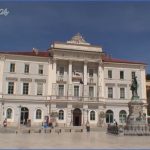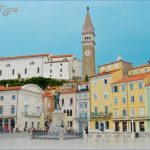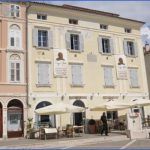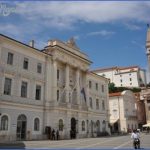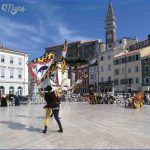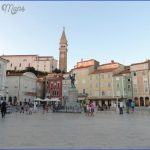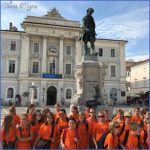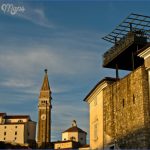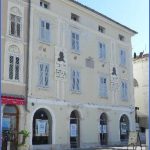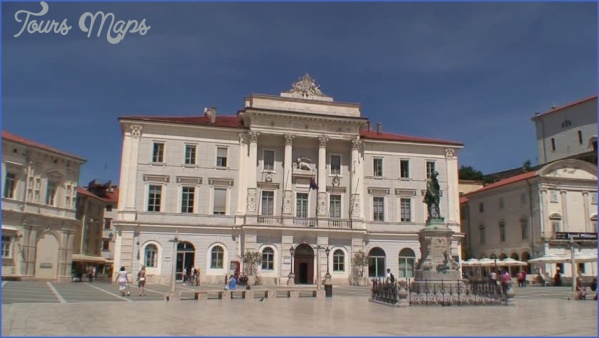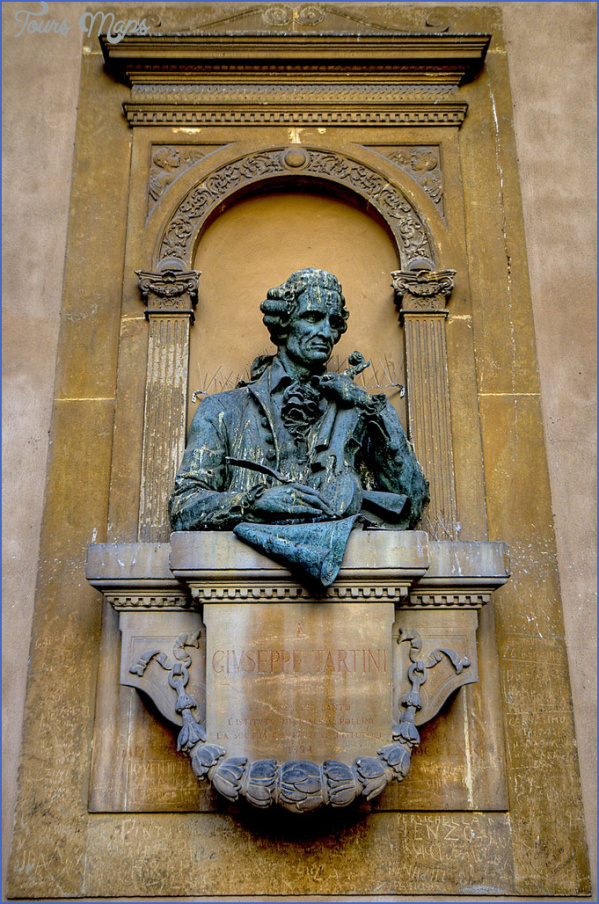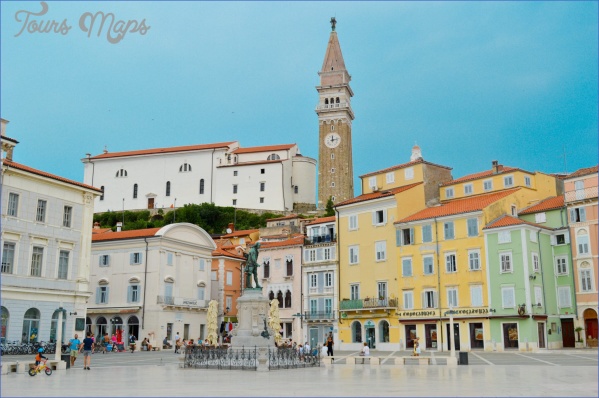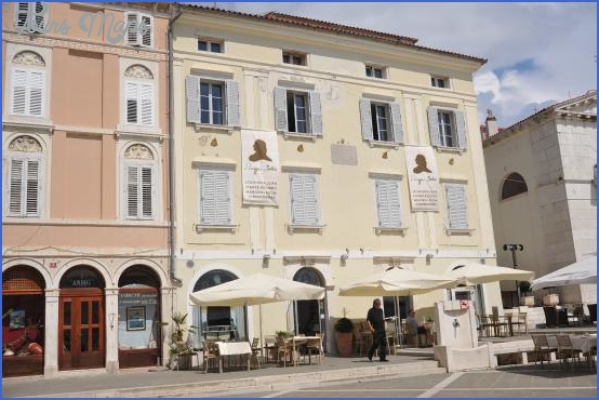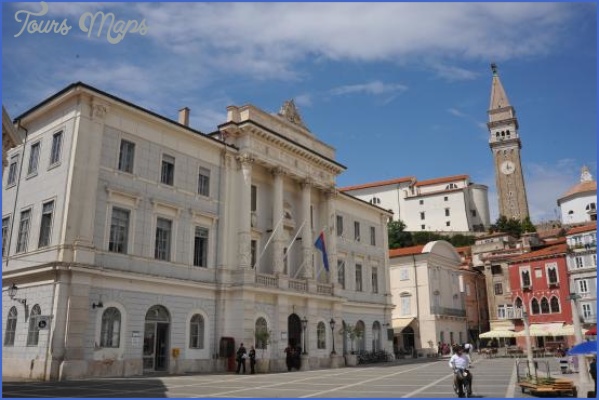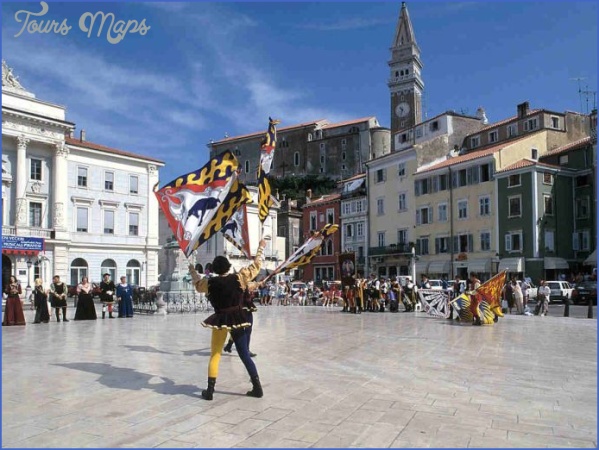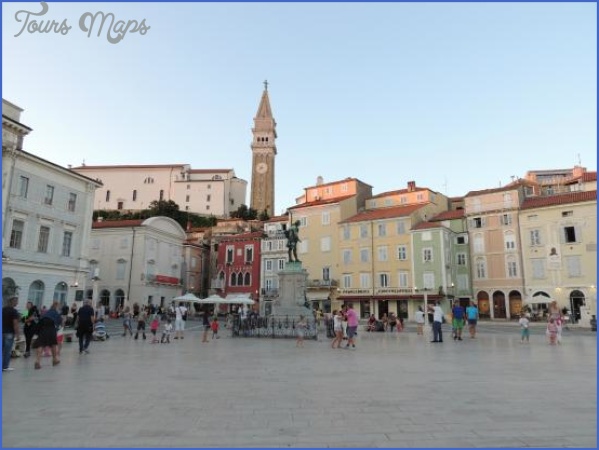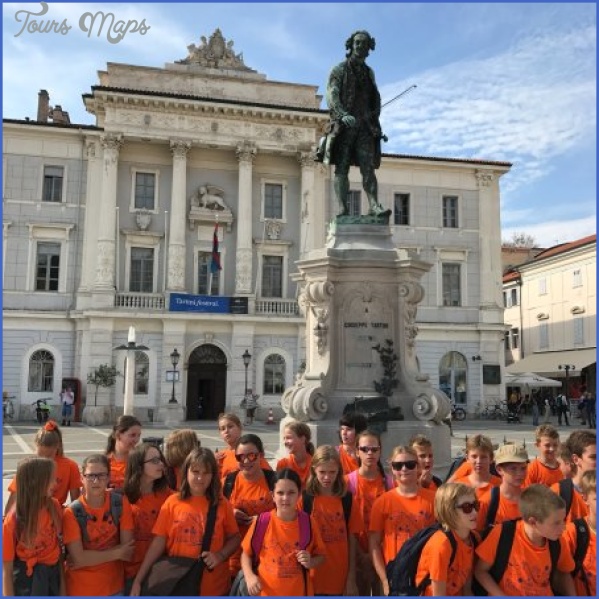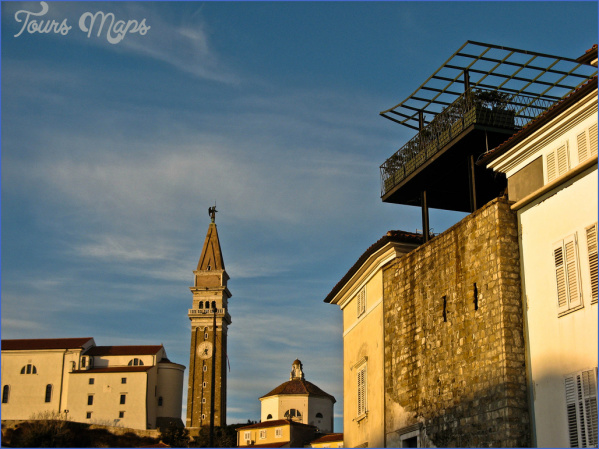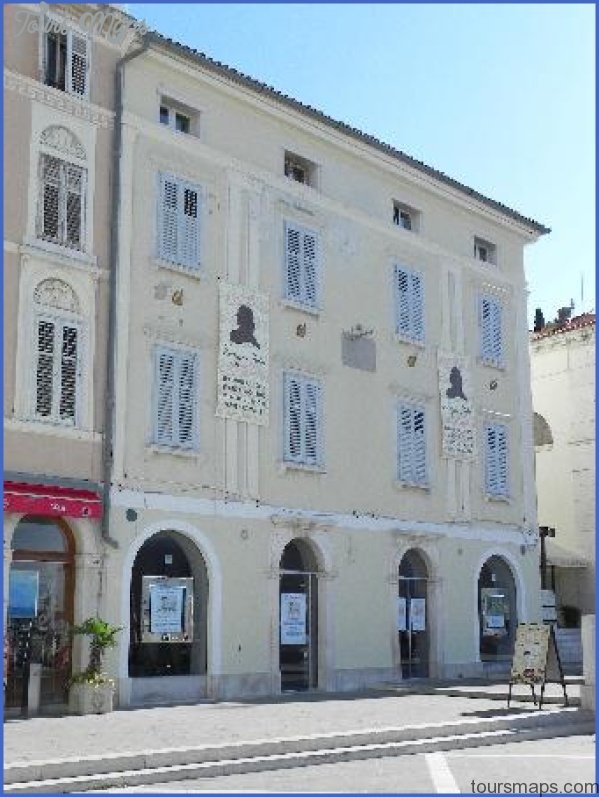TARTINI MUSEUM
Giuseppe Tartini, the greatest violinist-composer and violin pedagogue of the mid-18th century and pioneer student of acoustics, spent all his working life in Italy. His home was Padua but he occasionally worked in Venice and elsewhere. He was born, on 8 April 1692, in Pirano -now Piran, in Slovenia – on the Istrian coast, not far from Trieste. When he was 16 he left his native town, and he never returned. Fortunately for us, he remained in written contact with his family.
Tartini came from a comfortable family background. His father was director of salt production in Pirano and owned a substantial town house there, facing the little harbour and the sea. It now overlooks the town’s central square, the Piazza Giuseppe Tartini (or Tartinijev trg); in Tartini’s time there was little more than marshy land in front of the house, and to one side, on a spit of land extending to the north-west, the medieval old town. The house itself has medieval origins but has undergone refurbishment and restoration over several centuries, probably including a remodelling soon after Giuseppe Antonio Tartini, the composer’s father, moved there from Florence in the 1680s. It was presented to the Piran municipality by its last owner. There are now five storeys. On the ground floor there is a shop. For the Tartini memorial room, you enter at the side and go up to the first floor, passing at mezzanine level a large room, the Sala delle Vedute, decorated with green-grey frescoes of classical scenes, which seats about 50 and is now used for recitals and lectures; adjoining it is the Sala dei capricci architettonici, with more colourful frescoes. There are further decorated rooms, not open to the public, on the upper floors. (These, commissioned by Tartini’s nephew Pietro at the end of the 18th century, postdate the composer himself.)
TARTINI MUSEUM Photo Gallery
The Tartini memorial room is a modest-sized double one with an archway across and a ceiling of finely restored stucco work. The most striking items in the display cases are Tartini’s excellently preserved autograph manuscripts, chiefly of his theoretical writings, which belonged to the family and are now in the ownership of the Piran department of the regional archives of Koper (formerly Capodistria). His abstruse mathematical calculations about harmonics, with complex workings with ratios and geometric drawings, are among them; his final letter, written to his nephew in Pirano a few days before his death on 26 February 1770, is there too. There is also a manuscript of another Istrian composer, Antonio Smareglia (1854-1929), from his Inno a Tartini, written in 1896 for the dedication of the Tartini monument in the square.
There are also printed items, including editions of his Trattato di musica, the Discorso on his death, an engraving of ‘Tartini’s Dream’ (the nightmare said to have inspired his most famous sonata, the ‘Devil’s Trill’) and sundry modern editions. Objects displayed include a copy of the famous portrait of the composer, a violin from the Amati workshop, said to have been one of Tartini’s own, a death mask and a marble bust; there is a contemporary box that looks as if it was intended for the carrying of music, and a five-nibbed rastrum.
Tartini is much commemorated in Piran. There is a family vault, originally assigned to his father, in the central aisle of the 14th-century church of St Francis (within a minorite convent), almost adjoining the house. Besides the central square itself, there is a Tartini Theatre, from the early 19th century, as well as the obligatory hotel, cafe and taverna named after him. North of the town, just off the road to Koper and Trieste (or preferably a short trip across the bay), lies the village of Strunjan (Strugnano), where the Tartini family owned a summer villa by the sea; now used by the Slovenian government for entertaining, it is securely fenced off but can just be seen through the surrounding woods.
Maybe You Like Them Too
- WOLF MUSEUM
- ISTANBUL MAP
- THE TREASURY OF TOPKAPI PALACE ISTANBUL
- IZMIR TURKEY
- THE PRINCES ISLANDS ISTANBUL

